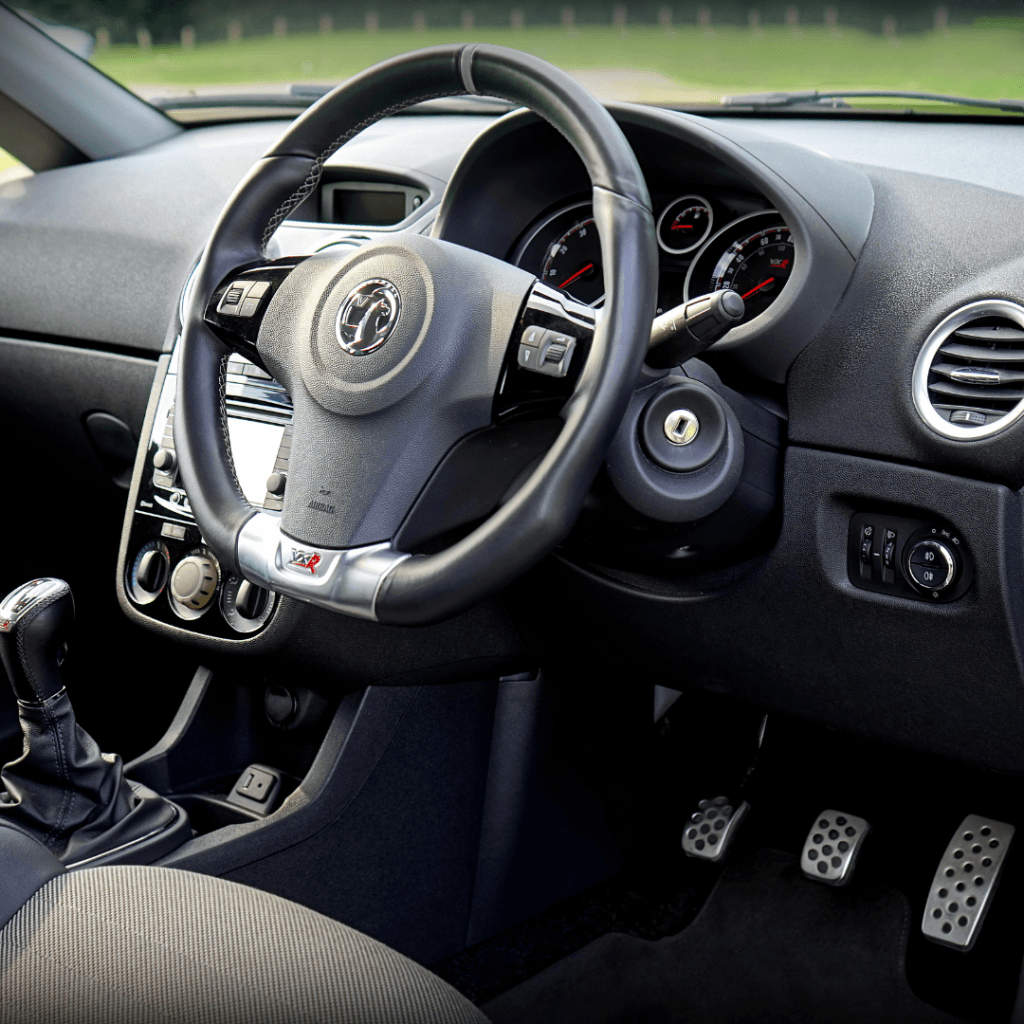A beginners guide to clutch control

If you are learning to drive in a manual car, you are going to have to master clutch control.
Although this may seem frustrating to begin with, after a while it should become second nature. It is also essential to becoming a capable drive and ultimately, passing your practical driving test.
What does the clutch do?
We won’t go into too much technical detail about how the clutch works here. Essentially, it connects and disconnects the power from your engine to your wheels via the gearbox.
When you press down on the clutch, it disengages the engine from your wheels. This allows you to change gear. In essence, you can’t change gears when the clutch is raised.
When you raise the clutch, it engages the power. Unless you are in neutral.
Clutch control is essentially mastering this power transfer. It is particularly important for maintaining control of the car at low speeds. It allows you to do a number of things, such as change gear, pull off and drive in slow-moving stop-start traffic.
Clutch Control:
When you are learning clutch control, there are a few tips to bear in mind.
Firstly, treat the clutch gently. You should raise your foot with care, as small changes can have a big effect on the car. Control is key here.
When it comes to the biting point, you need to find the balance between your clutch and accelerator. There will be a point where you can apply a certain amount of pressure to each and the car will be on the brink of moving, while remaining stationary. Try not to over-rev the engine, but apply the accelerator enough that you won’t stall if you raise the clutch.
The main reason for stalling is not giving it enough gas.
Finding the biting post is sensory. Get used to the feeling when you find the biting point and this will help you to avoid stalling. Being in tune with the pedals will help you later on when learning hill starts.
Finding the biting point:
- Press the clutch fully down to the floor with your left foot before selecting first gear.
- Place your right foot to the accelerator pedal and hold it steady.
- As you slowly start to lift your left foot off the clutch, you will feel the engine and wheels starting to engage and may see the from of the bonnet raise a little. Now hold your feet steady.
- When you first learn to drive, finding the biting point will be something you have to play around with. This is where practice makes perfect!
Hill Starts and biting points:
Once you have started to get to grips with the basics of driving, you will probably be instructed with stopping and starting on a hill. Hill starts will show your instructor your skills for control of the car. There is also the possibility of a hill start being part of your driving test if your test centre is anywhere near a hill. Finding the biting point can prove more difficulty during an uphill start.
Tips for a successful hill start:
- You will need to press down harder on the accelerator than usual.
- When moving off on a flat road, your gas is around 1500rpm on the rev counter. On a hill start, you should aim for around 2000rpm.
- When you move the car off, it must work harder to pick up momentum and you may need to release the clutch from the biting post slower than normal to avoid stalling.
- You may have to stay in lower gears for longer than usual, giving the engine more power to drive up the hill.
To learn how to drive efficiently, you will need to get into the drivers seat! Your 5Day instructor will show you everything you need to know!
What happens if I stall?
If you do not use your clutch effectively, its likely you will stall. When this happens, the engine cuts out. This can be dangerous depending on the situation. If you stall while pulling out at a junction, I can leave you vulnerable to other traffic.
But while learner drivers dread stalling, its downsides can be overstated!
The best thing a learner can do if they stall is remain composed – do not panic! Put the car in neutral and restart the engine. Even if you stall in your driving test, its not a big deal and doesn’t necessarily mean a fail. The learner will be marked on how they recover from stalling, rather than the stalling itself.
It is best not to make a habit of it though! Frequent incorrect use of the clutch can lead to mechanical problems and a clutch the is worn can be expensive to fix or replace.
Clutch control is a vital driving skill that builds your confidence behind the wheel and keeps your car moving smoothly in any situation. Whether you’re learning to drive or brushing up on your manual driving technique, practicing clutch control can make all the difference.
Ready to take your driving skills to the next level? Book your 5Day Course with one of our experienced instructors today and gain hands-on experience in mastering clutch control.
